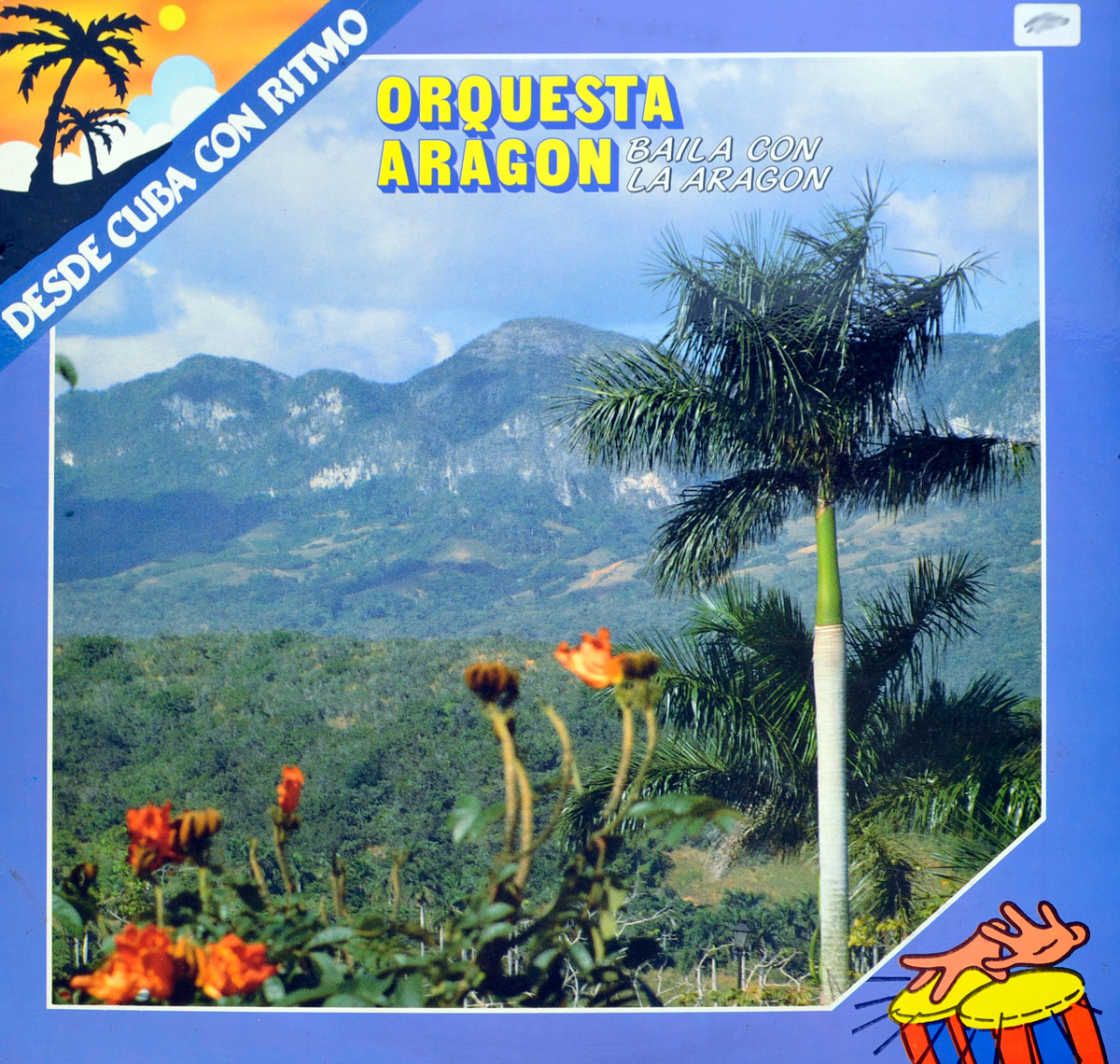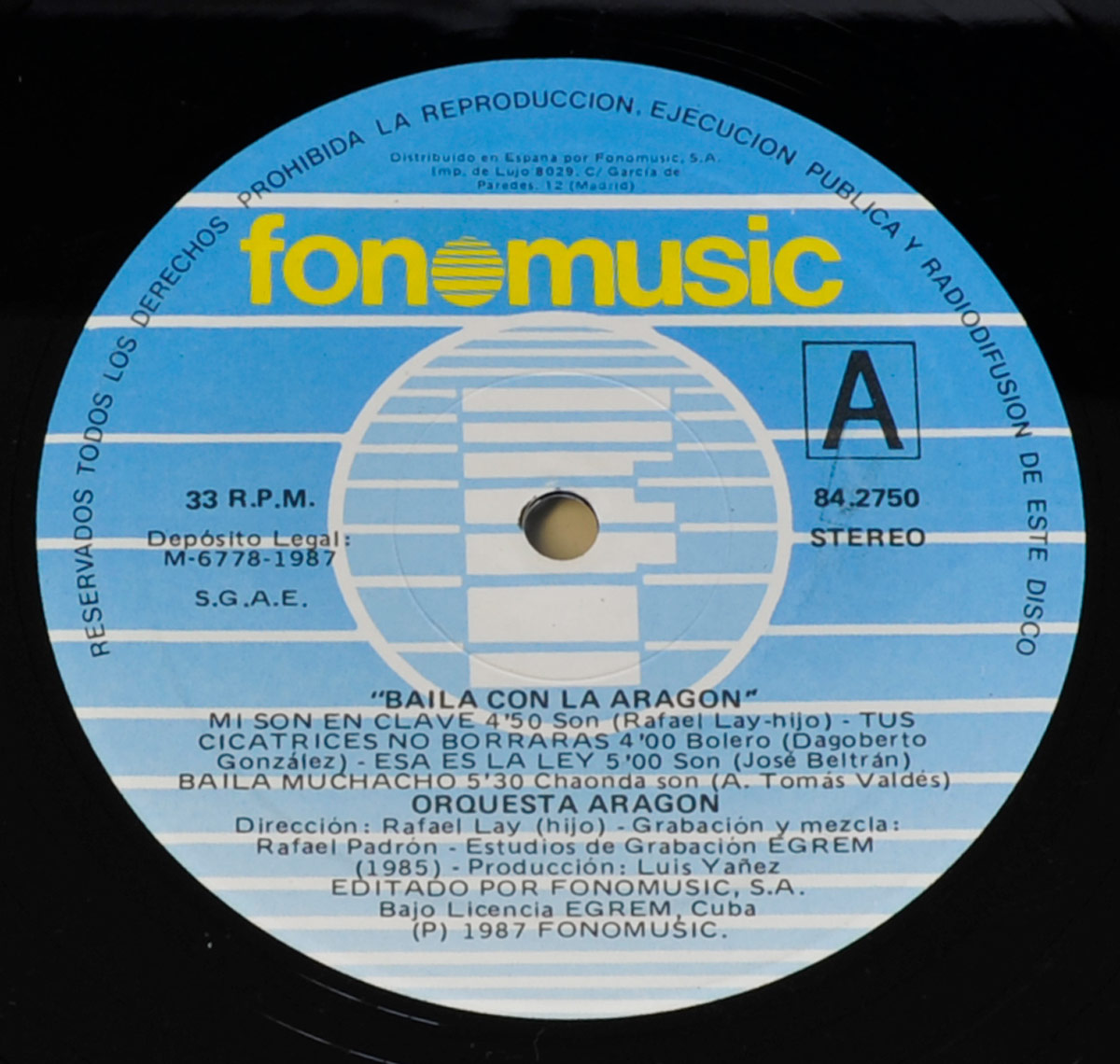Orquesta Arag—n – Baila Con El Arag—n (1987)
Contexto Hist—rico
In the late 1980s, Cuba was musically at a crossroads. The cultural policies of the Cuban government still held tight reins on popular music, yet artists continued to produce work that reflected the islandÕs lush traditions. *Orquesta Arag—n*, long considered the definitive charanga ensemble of Cuba, stood as both a beacon of preservation and a quiet force of resistance through refinement. With Baila Con El Arag—n, recorded in 1985 and released in Spain in 1987 under the Fonemusic label, the group continued its unwavering commitment to elegant, dance-driven music while subtly asserting its relevance in a rapidly changing sonic world.
Estilo Musical y Exploraci—n
Baila Con El Arag—n is a tightly arranged, rhythmically intelligent album steeped in the *charanga* traditionÑa style marked by the use of flute, violins, and an easy-flowing rhythm section. The album does not deviate from Orquesta Arag—nÕs signature aesthetic; instead, it dives deeper into the synthesis of cha-cha-ch‡, danz—n, and son, while flirtatiously brushing against elements of pachanga and onda-cha. Tracks like Baila Muchacho and Festival de Chaonda reflect a group that still lives for the dance floor, making subtle yet skillful use of percussive layering and harmonic interplay.
The standout Mi Son en Clave opens the album with an understated confidenceÑflute solos swirling like Caribbean breeze, violin figures dancing like quicksilver on parquet. Elsewhere, Esto No Es Viejo de Ahora plays as a declaration of modernity within tradition; Arag—n has been doing this for decades, and they know exactly how to keep it fresh without dilution.
Producci—n y Grabaci—n
Produced by Rafael Lay and Luis Y‡–ez, the album was recorded at the EGREM Studios, the state-run powerhouse in Havana that had become the default womb for countless Cuban recordings since the Revolution. The engineering work of Rafael Padr—n ensures that each instrument sits in its rightful placeÑno one overpowers, no one is hidden. The soundstage is organic, rooted in live performance ambiance rather than studio trickery.
One of the subtle triumphs of this record is how it preserves the warmth and immediacy of a live Arag—n set while benefitting from studio clarity. Every violin glissando, every percussive hit from timbales or gŸiro, is captured with fidelity that avoids harshness.
Controversias y Relevancia
While *Baila Con El Arag—n* did not incite controversy in the political sense, its mere existence in the late 1980s raises subtle questions about musical survivalism under constraint. At a time when timba and salsa rom‡ntica were capturing global attention, Arag—n stayed on their path. To some critics, this could be seen as an unwillingness to evolve; to others, it was a necessary act of preservation. Within the constraints of CubaÕs state-controlled music apparatus, continuing to make art that stayed true to one's roots was itself a kind of quiet rebellion.
Diferencias con Otras Ediciones
Unlike earlier albums released by Orquesta Arag—n under the Cuban EGREM label, Baila Con El Arag—n was distributed in Spain by Fonemusic, bearing catalog number 84 2750. The Spanish pressing features different cover art from typical Cuban releases, giving it a more commercial and export-ready feel, aimed at the European market. The sequencing of tracks is consistent, but some mastering adjustments give this edition a brighter tonal edgeÑnoticeable particularly in the upper ranges of the flute and violins.


